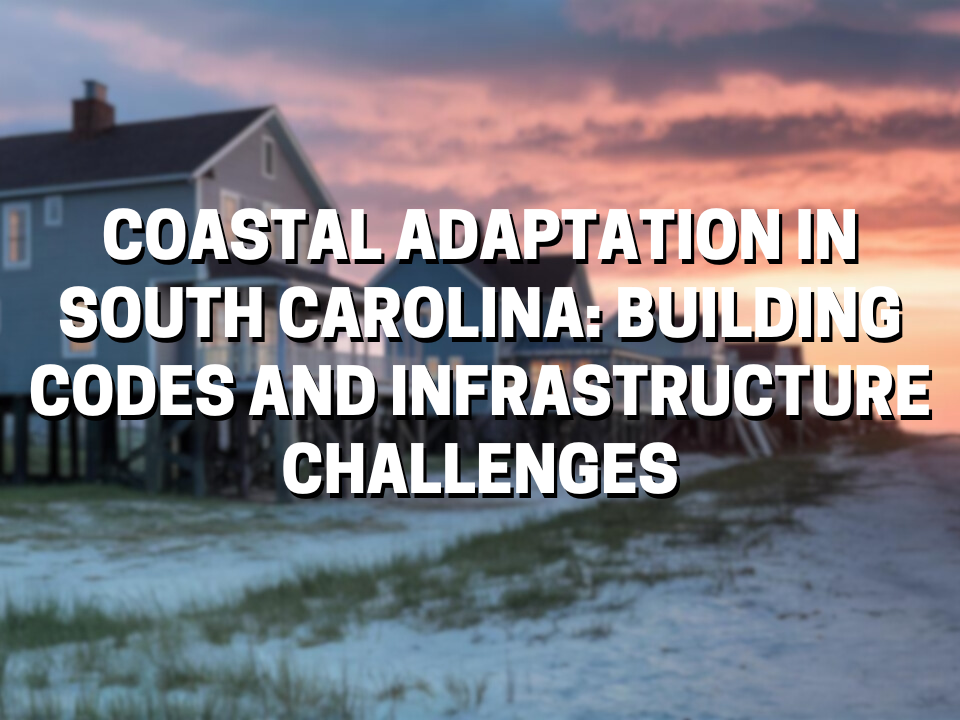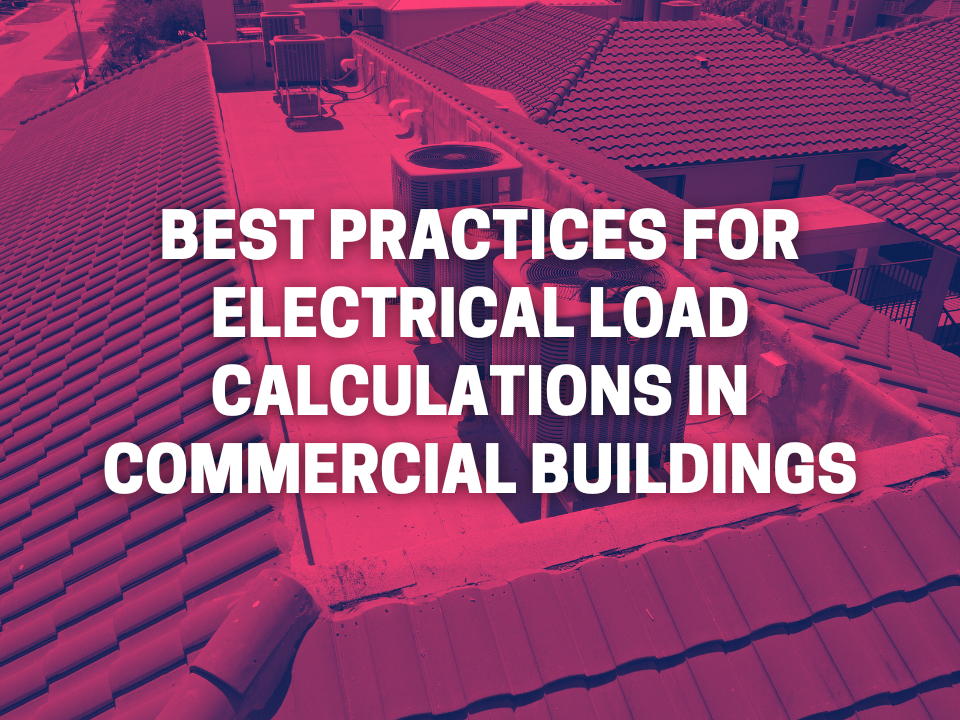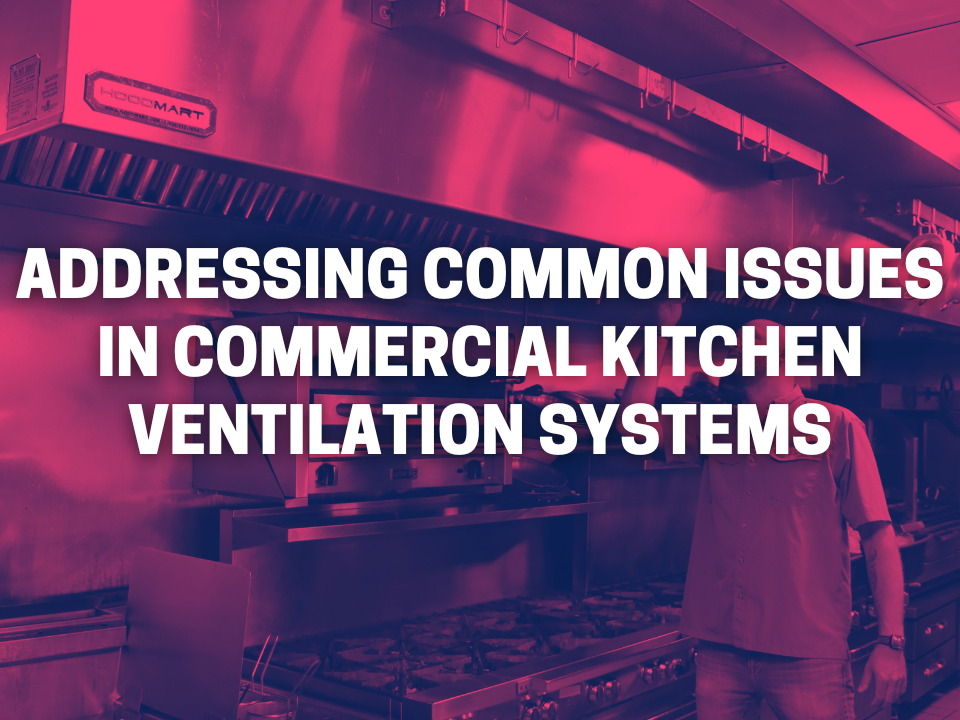High-rise buildings present unique challenges when it comes to designing efficient plumbing systems. The need to manage water pressure, ensure consistent supply, and prevent leaks requires careful planning and expertise. In this blog, we’ll explore the challenges and best practices in designing plumbing systems for tall structures, with a focus on the unique environment and regulations in North and South Carolina.
Understanding the Challenges
Water Pressure Management
- Challenge: In high-rise buildings, maintaining adequate water pressure on upper floors while preventing excessive pressure on lower floors is crucial.
- Solution: Use pressure-reducing valves (PRVs) and booster pumps to regulate water pressure throughout the building. For example, PRVs can be installed on lower floors to prevent high pressure, while booster pumps can be used to ensure adequate pressure on higher floors.
Consistent Water Supply
- Challenge: Ensuring a consistent water supply to all units, especially during peak usage times, can be challenging in tall structures.
- Solution: Implement a well-designed water distribution system with adequately sized pipes and storage tanks. For instance, a central water storage tank on the roof or upper floors can help maintain a consistent supply during high demand periods.
Leak Prevention and Detection
- Challenge: Detecting and preventing leaks in high-rise buildings can be difficult due to the complex network of pipes.
- Solution: Use advanced leak detection systems and high-quality materials to minimize the risk of leaks. Smart sensors can be installed to monitor for leaks in real-time and alert maintenance teams immediately.
Best Practices in High-Rise Plumbing Design
Segmented Plumbing Systems
- Segment the plumbing system into manageable zones, each with its own pressure regulation and water supply management. This approach simplifies maintenance and ensures better control over water pressure and flow.
Use of Gravity and Pumps
- Utilize gravity-fed systems where possible, combined with booster pumps to ensure water reaches the upper floors. Gravity systems can reduce the need for constant pumping and lower energy consumption.
Redundant Systems
- Design redundant systems to ensure a backup in case of a failure. For example, dual plumbing risers can provide an alternative water path if one system fails, ensuring continuous water supply.
Advanced Materials
- Use corrosion-resistant and durable materials like PEX or copper for plumbing pipes. These materials are less prone to leaks and have a longer lifespan compared to traditional materials.
Regular Maintenance and Inspection
- Implement a proactive maintenance and inspection schedule. Regular checks can identify potential issues before they become major problems, ensuring the plumbing system remains efficient and reliable.
Technical Specifications and Applications
Example 1: Pressure Reducing Valves (PRVs)
- Application: Install PRVs on lower floors to control high water pressure.
- Specification: Use PRVs rated for the specific pressure range required for the building’s plumbing system. For instance, a PRV with a range of 20-100 PSI can be suitable for regulating pressure in a high-rise building.
Example 2: Booster Pumps
- Application: Use booster pumps to maintain water pressure on upper floors.
- Specification: Select booster pumps based on the building’s height and water demand. A multi-stage centrifugal pump can provide the necessary pressure boost for buildings over 20 stories tall.
Example 3: Leak Detection Systems
- Application: Install smart leak detection systems throughout the plumbing network.
- Specification: Choose systems with real-time monitoring and automatic shutoff capabilities. For example, a wireless leak detection system with remote monitoring can quickly identify and address leaks.
Conclusion
Designing efficient plumbing systems for high-rise buildings requires addressing unique challenges such as water pressure management, consistent supply, and leak prevention. By implementing best practices and utilizing advanced technologies, Gunderson Engineering, PLLC ensures that tall structures in North Carolina and South Caroline have reliable and efficient plumbing systems. Our expertise in high-rise plumbing design helps maintain the comfort and safety of building occupants while complying with local regulations and standards.
Contact Us – The MEP Engineering Experts Near Me – MEP Carolina’s Structural Engineering – North Carolina’s MEP Engineering
- Phone: (877) 352-3647
- Email: contacts@gundersonengineering.com
Connect With Us
Related Services North Carolina – South Carolina MEP Engineering Services
- Structural Engineering Services
- MEP Engineering
- Metal Buildings and Structures
- Wooden Decks and Patio Covers
- Stairs and Handrails
- Redline Services








